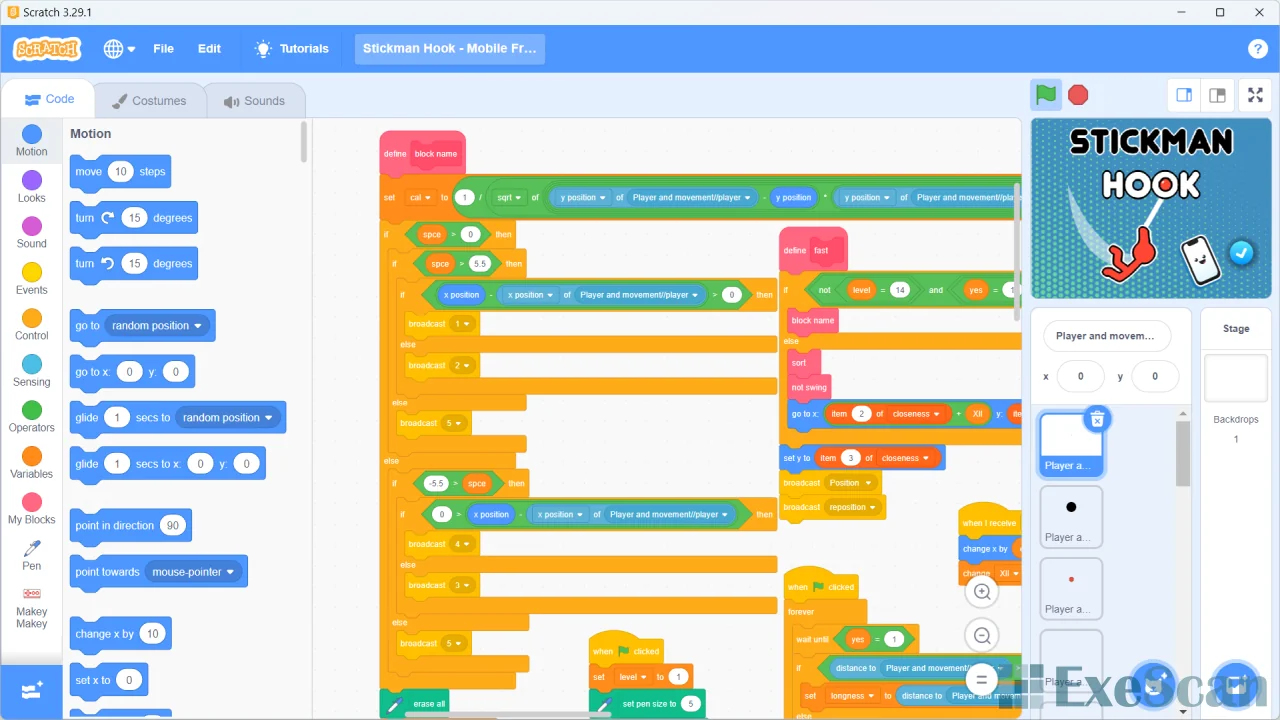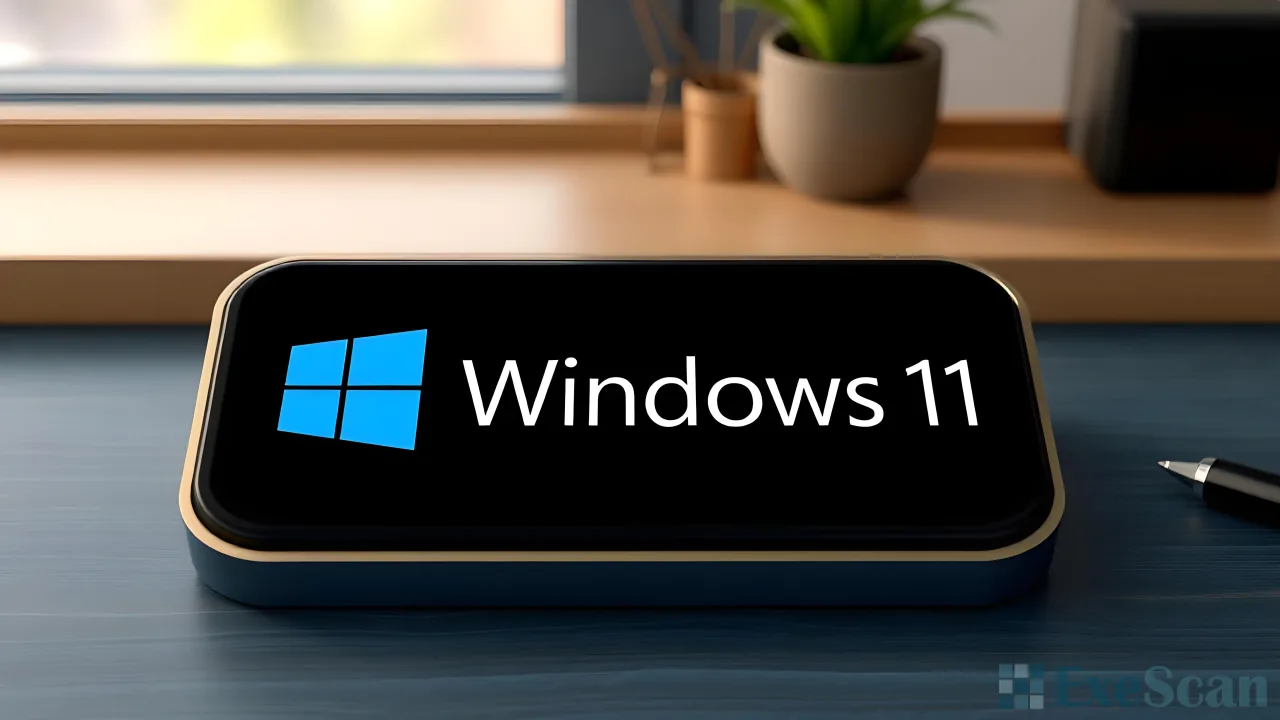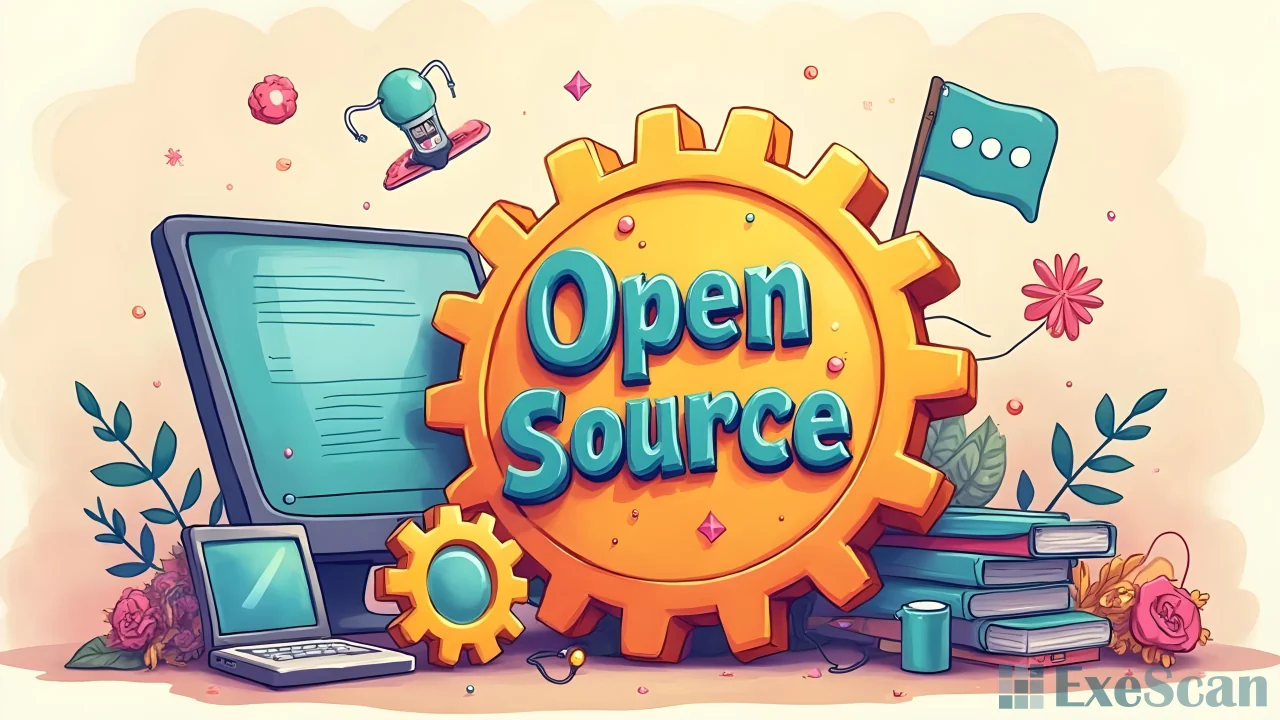Programming is an essential skill in today’s digital world. Introducing children to programming at a young age can significantly benefit their problem-solving abilities, logical thinking, and future career opportunities. This article provides a guide on the basics of programming for beginners and how children can get started with coding.
Why Programming Is Important
Programming is vital in many aspects of modern life. It helps develop problem-solving skills and enhances logical thinking. For children, learning to code can open up numerous career opportunities and provide a competitive edge in the future job market.

Best Programming Languages for Beginners
Choosing the right programming language is crucial for beginners. Here are some of the best programming languages for children starting with coding:
Scratch
Scratch is a visual programming language designed specifically for children. It uses a simple drag-and-drop interface, making it easy for kids to grasp basic programming concepts. With Scratch, children can create games, animations, and interactive stories, making learning engaging and fun.
Python
Python is a popular programming language known for its simplicity and readability. It’s an excellent choice for beginners because its syntax is straightforward and easy to learn. Python is used in various fields, including web development, data science, and artificial intelligence.
Blockly
Blockly is another visual programming language that uses blocks to represent code. It’s similar to Scratch but offers more flexibility and can be used to teach more advanced programming concepts. Blockly can also be integrated with real programming languages like JavaScript, making it a great tool for transitioning from visual to text-based coding.
JavaScript
JavaScript is the language of the web. It’s used to create interactive websites and is an excellent language for beginners interested in web development. With JavaScript, kids can create dynamic web pages and learn how websites function.
Swift
Swift is Apple’s programming language for developing iOS and macOS applications. It’s a great language for beginners because of its easy-to-read syntax and the availability of Swift Playgrounds, an app that makes learning Swift interactive and fun.

Tools and Resources for Learning Programming
Many tools and resources are available to help beginners learn programming. Here are some of the best ones for kids:
Code.org
Code.org is a nonprofit organization that offers free coding lessons for students of all ages. Their Hour of Code program is particularly popular, providing a one-hour introduction to computer science and programming.
Khan Academy
Khan Academy offers free online courses on various subjects, including programming. Their interactive lessons and practice exercises make it easy for beginners to learn at their own pace.
Codecademy
Codecademy provides interactive coding lessons on various programming languages. It’s a great platform for beginners to get hands-on experience and learn through practice.
Tynker
Tynker is an online platform that offers coding courses for kids. It uses a game-based approach to teach programming concepts and provides various projects and challenges to keep kids engaged.
ScratchEd
ScratchEd is a community of educators and parents who use Scratch to teach programming. It offers resources, lesson plans, and a platform to share ideas and projects.
Tips for Getting Started with Programming
Starting with programming can be daunting, but with the right approach, it can be a rewarding experience. Here are some tips for beginners:
Start Small
Begin with simple projects and gradually move to more complex ones. This will help build confidence and ensure a solid understanding of the basics.
Practice Regularly
Consistency is key when learning to code. Set aside regular time for coding practice to reinforce learning and improve skills.
Join a Community
Joining a coding community can provide support and motivation. It’s a great way to learn from others, share experiences, and get feedback on projects.
Work on Real Projects
Applying learned concepts to real projects can help solidify understanding and provide practical experience. Start with small projects and gradually take on more challenging ones.
Have Fun
Programming should be enjoyable. Choose projects that are interesting and have fun experimenting with different ideas and solutions.
Conclusion
Learning programming can be a fun and rewarding experience for children. By starting with the right programming languages and utilizing the available resources and tools, children can develop valuable skills that will benefit them in the future. Remember to start small, practice regularly, and most importantly, enjoy the process of learning to code.


